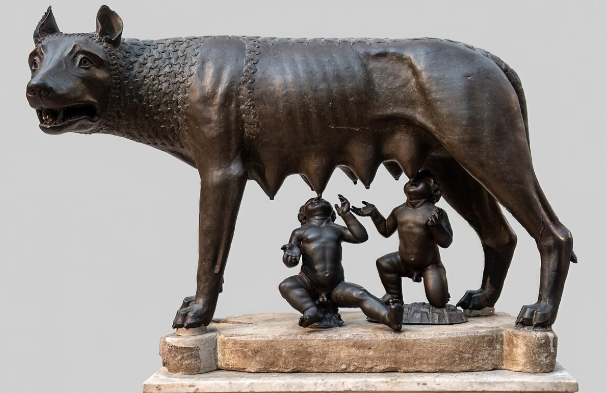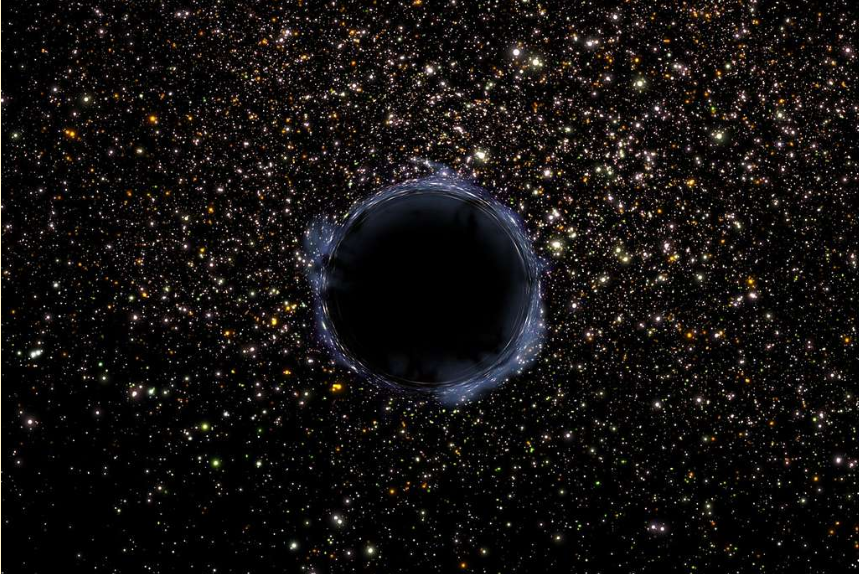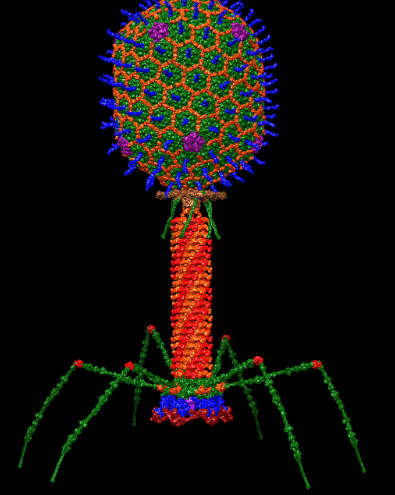It’s estimated that around eight million species have gone extinct throughout Earth’s history, and more than 16,000 are currently endangered. Colossal Biosciences, a biotechnology company that focuses on biodiversity conservation and enrichment, claims to have a solution: de-extinction.
De-extinction is the process of bringing a species back from extinction, a feat which the company says it achieved through the birth of dire wolves Remus, Romulus and Khaleesi. Dire wolves diverged from gray wolves millions of years ago and went extinct about 13,000 years ago.
Colossal outlines three methods for de-extinction: back-breeding, cloning and genome editing. Back-breeding is selectively breeding to make a living species more similar to an extinct species. This has its limitations, as the species won’t be fully genetically identical to the extinct species and it can increase inbreeding. Inbreeding is when closely related organisms reproduce which leads to a decrease in biodiversity and an increased chance to pass down harmful recessive traits.
For cloning, scientists use living cells to create new organisms identical to the original. Because it requires living cells, cloning can’t be used as a means of de-extinction for most extinct species.
The process used to create the dire wolves was genome editing. In this process, scientists study and reconstruct dead DNA samples to decide what changes should be made to existing species’ DNA to make them more genetically similar. The scientists then implement these changes and implant the resulting embryo into a surrogate from the closest living relative of the animal who carries the baby to term.
Because of the methods used to create the dire wolves, Colossal’s claims of de-extinction have been opposed by some experts. They’ve called the dire wolves “genetically modified gray wolves” and argued that the amount of genomic changes made were insufficient for them to represent a unique species, let alone the dire wolf.
These disputes call into question the possibility of de-extinction itself. However, the dire wolf is not the first species to overcome extinction.Other attempts have used methods like cloning to counter extinction. This may be viewed as more successful in terms of bringing back the species, as the subject is genetically identical. Cloning was famously used in the de-extinction of the Pyrenean Ibex.
On Jan. 6, 2000, a falling tree killed Celia, the last Pyrenean Ibex. With her death, the Pyrenean subspecies of the Iberian Ibex went extinct. However, scientists knew that she was the last of her kind and before she died living cell samples were harvested from Celia and refrigerated.
After her death, scientists made 500 Pyrenean Ibex embryos and 154 were implanted into closely related female goats. Five of them managed to get pregnant, but only one gave birth. In 2003, Celia’s clone was born before quickly dying due to a lung defect, leaving the Pyrenean Ibex extinct for the foreseeable future.
Celia’s clone was made through the process of somatic cell nuclear transfer (SCNT). A somatic cell is any cell which is not a reproductive cell. Reproductive cells, either sperm or egg cells,, only have one set of chromosomes. When the egg is fertilized, they have a complete set of chromosomes, whereas somatic cells have two.
SCNT is the process of cloning by taking the nucleus of a somatic cell and using it to replace the nucleus of the egg cell. Once the egg cell has a nucleus with two sets of chromosomes, it behaves in a way similar to normally fertilized eggs, except its DNA is identical to its parent. The egg is then put into a surrogate where it is gestated.
Other than the dire wolf, Colossal has made it its mission to bring back three other species: the dodo bird, thylacine and the wooly mammoth. None of these can be cloned as there are no living DNA samples, so Colossal’s primary method of de-extinction will be genome editing. Regardless of whether any of their genetically modified organisms can be called true de-extinctions, their mission has always been to increase biodiversity—our greatest natural resistance to climate change—which genome editing accomplishes.









